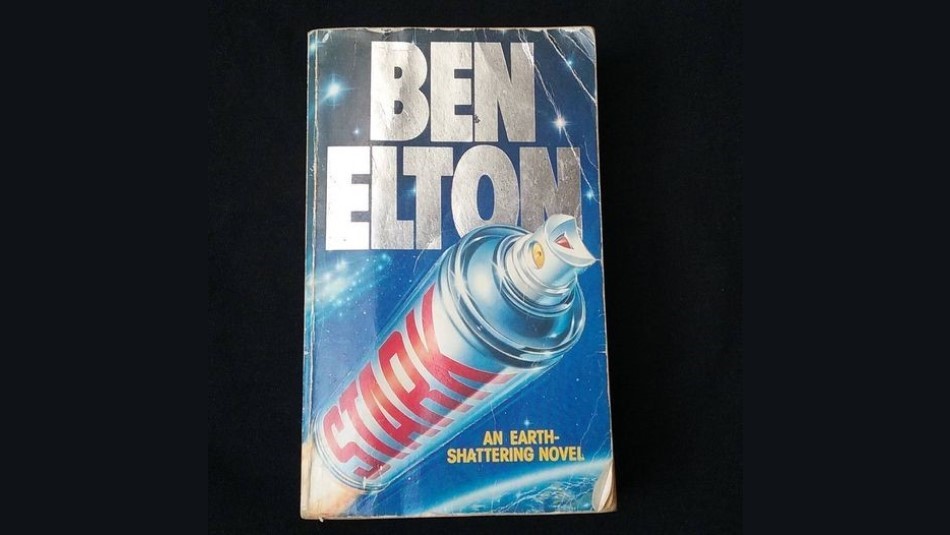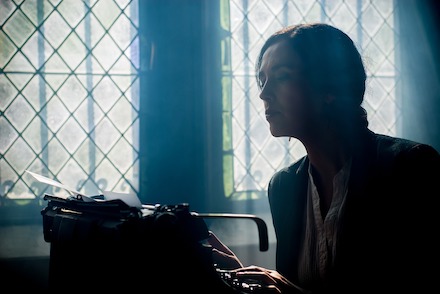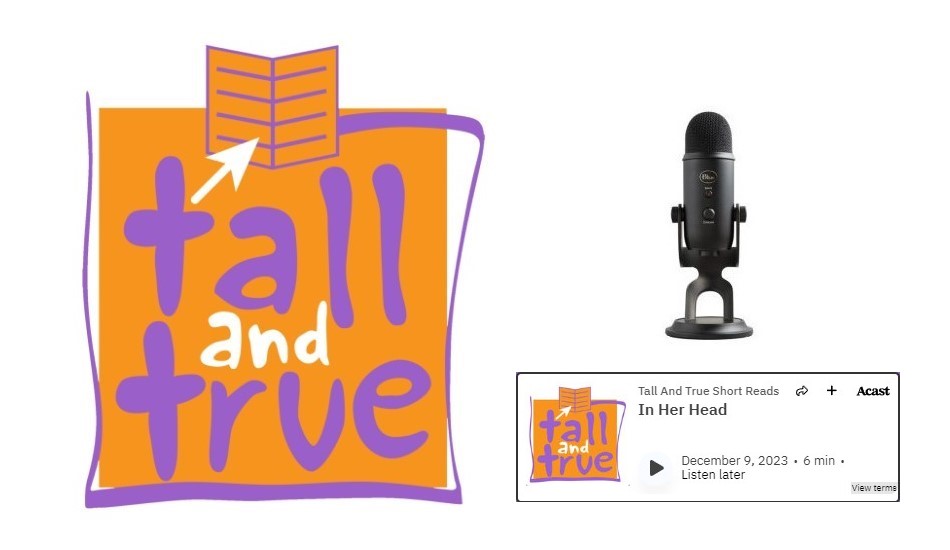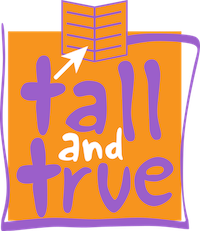An ASTOUNDING, THRILLING and AMAZING episode of ABC Radio National’s The Book Show from 2019 popped up in my Facebook timeline memories in January (2023), with host Claire Nichols in conversation with Dr Alan Levinovitz from James Madison University (Virginia) about the history of book blurbs.
As revealed in the episode, blurbs, those short reviews or shout lines on books, have been around in different forms since Ancient Roman times. And Levinovitz has a special interest in them, having written a 2012 article for The Millions (an online publication devoted to books, arts, and culture): I Greet You in the Middle of a Great Career: A Brief History of Blurbs.
Disgusting Tripe
On the Book Show episode, Levinovitz admits when he first investigated the history of blurbs, he was “infuriated” by them. He thought they were “totally over the top” and told him “nothing about the book”. And if you trusted the blurbs, “every single book was the new classic that everyone had to read”.
And as Levinovitz wrote in The Millions, “blurbs are not a distinguished genre”. He quotes George Orwell in the article and on The Book Show, who described them as “disgusting tripe” after seeing this hyperbolic example in the Sunday Times:
“If you can read this book and not shriek with delight, your soul is dead.”
But since writing his own book and being solicited for blurbs, Levinovitz confessed he’s started to become “part of the [publishing] system”. And at the end of the episode, Nichols quoted the front cover blurb from his nonfiction book, The Gluten Lie (Black Inc. 2015):
“Levinovitz brings science back into the picture in an eye-opening way.” — Brian Wansink, PhD
My Bookcase Blurbs
On The Book Show, Nichols gave several examples of blurbs from books she’s received to review at Radio National, including: “Beautiful”, “Compassionate”, “Radiant”, “Accomplished”, and “Startling”.
So I thought I’d share front-cover blurbs from my bookcase in this blog post. But because I have so many fiction and nonfiction books, I narrowed my selection criteria to:
- Only include works of fiction
- List books I’ve read (not from my to-be-read pile)
- Mention one example per author.
And for ease of reading, I’ve listed the titles alphabetically:
A Short History of Tractors in Ukrainian by Marina Lewycka (Penguin 2006): Mad and hilarious. ~ Daily Telegraph
Burial Rites by Hannah Kent (Picador 2014): An accomplished gem, its prose as crisp and sparkling as its northern setting. ~ Geraldine Brooks
Carpentaria by Alexis Wright (Constable 2008): A huge, audacious, monstrous work of genius — moving, uplifting and funny. ~ Independent
Cloudstreet by Tim Winton (Penguin 1992): The runaway best-seller by one of Australia’s very best authors.
Goodbye, Columbus by Philip Roth (Bantam 1963): The literary sensation!
High Road to China by Jon Cleary (Popular Libray 1977): Buckle yourself into your seat for the ultimate romantic adventure … irresistible. ~ Cleveland Plain Dealer
Highways to War by Christopher J Kock (Minerver 1996): A quite outstanding novel about the Indo-China war. The best I have read since Graham Greene’s The Quiet American. ~ Richard West
Ice Station Zebra by Matthew Riley (Pan 1999): Strap yourself in for the ride … What follows is action, action, and more action. ~ Daily Telegraph
In the Dutch Mountains by Cees Nooteboom (Penguin 1991): A poet’s fairy tale, elegant and beguiling. ~ Julian Barnes
Last Orders by Graham Swift (Picador 1996): Beautifully written, gentle, funny, truthful, touching and profound. ~ Salman Rushdie
Limbo by Andy Secombe (Tor 2003): The Final Conflict is about to erupt on Hove’s bowling green.
Power Without Glory by Frank Hardy (Panther 1975): The book that tore Australia apart.
Second Fiddle by Mary Wesley (Black Swan 1989): A book that is as rich and funny as you would expect from Mary Wesley. ~ Cosmopolitan
Skinny Legs and All by Tom Robbins (Bantam 1995): A euphoric wonderwork. ~ Los Angelas Times
Sons of Heaven by Terrence Cheng (Perennial 2003): History, romance and adventure … Stylistically and thematically daring. ~ Miami Herald
Stark by Ben Elton (Sphere 1989): An Earth-Shattering Novel
Territory by Judy Nunn (Random House 2002): Judy Nunn is the mistress of the ripping yarns we all love to read. ~ Sun-Herald
The Book Thief by Markus Zusak (Picador 2014): Brilliant and highly ambitious … the kind of book that can be life changing. ~ New York Times
The Eye Affair by Jasper Fforde (Hodder 2001): Jasper Fforde has gone where no other fictioneer has gone before. Millions of readers now follow. ~ Guardian
The Ill-Made Mute by Cecilia Dart-Thornton (Tor 2001): Not since Tolkien’s The Fellowship of the Ring … have I been so impressed by a beautifully spun fantasy. ~ Andre Norton
The Kite Runner by Kalid Housseini (Bloomsbury 2004): Unforgettable … extraordinary. It is so powerful that for a long time after, everything I read seemed bland. ~ Isobel Allende
The Tenth Man by Graham Greene (Penguin 1985): A masterpiece — tapped out in the lean prose that film taught Greene to perfect. ~ John Carey, The Sunday Times
The Tin Drum by Günter Grass (Penguin 1985): His dazzling masterpiece.
The Unbearable Lightness of Being by Milan Kundera (Faber and Faber 1989): A dark and brilliant achievement. ~ Ian McEwan
Earth-Shattering Blurbs
I listed twenty-four blurbs from my bookcase and could have shared more. But my selection criteria restricted me to fiction, and multiple Tim Wintons missed the cut. And I excluded books from my towering to-be-read pile.
As a reader swayed by front cover blurbs, I was surprised by how many of my books didn’t feature them or had relegated them to the inside pages or back covers. And on The Book Show, Nichols asked Levinovitz whether he thought blurbs helped sell books:
There’s some controversy about that. There aren’t terrific statistics, and there haven’t been rigorous studies to see what would happen if you released a book without blurbs on it. But I don’t think anyone wants to be the first to try that. So it’s apparently better to err on the side of more blurbs. And I’ve noticed, at least, that they keep proliferating on books to an extraordinary degree.
Do I have a favourite blurb in my bookcase? As you may have guessed from the blog post photo, yes, Stark by Ben Elton’s “An Earth-Shattering Novel” because of its clever double meaning. (Or perhaps because Elton signed my fan-boy copy of Stark when I met him at his Sydney film premiere in 2017.)
Do you have a favourite blurb?
© 2023 Robert Fairhead
Note: This post originally appeared on the Tall And True writers’ website.
N.B. You might like to read another blog post where I shared some of my favourite first sentences (July 2018).

About RobertFairhead.com
Welcome to the blog posts and selected writing of Robert Fairhead. A writer and editor at the Tall And True writers' website, Robert also writes and narrates episodes for the Tall And True Short Reads podcast. In addition, his book reviews and other writing have appeared in print and online media, and he's published several collections of short stories. Please see Robert's profile for further details.












0 Comments